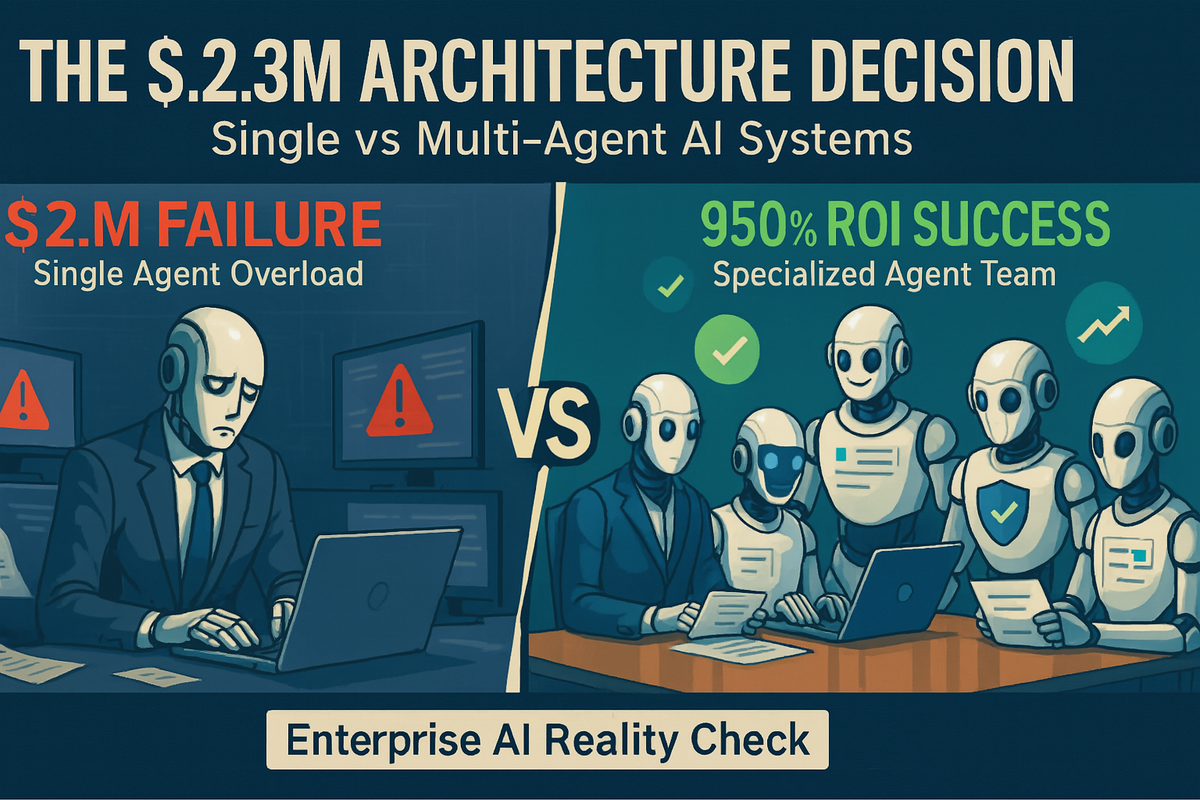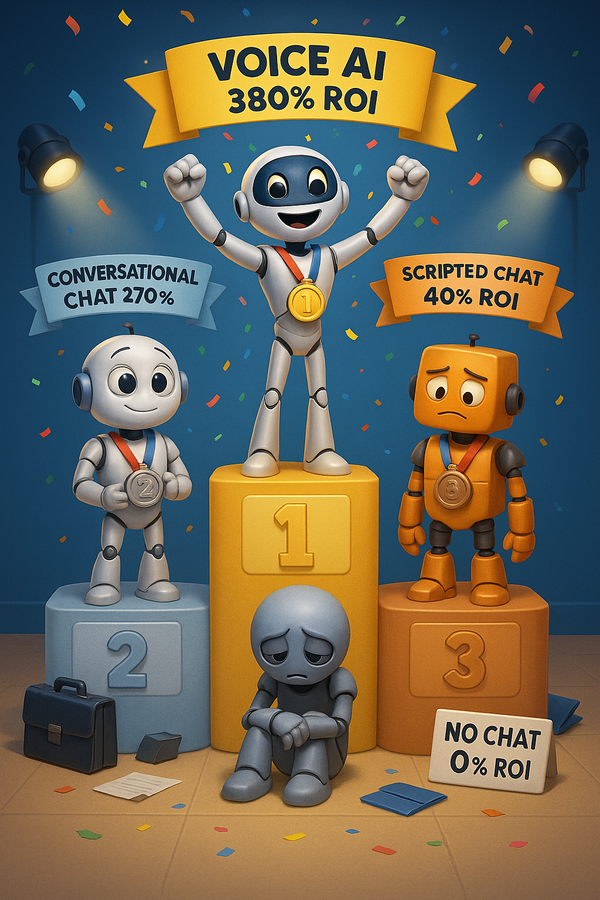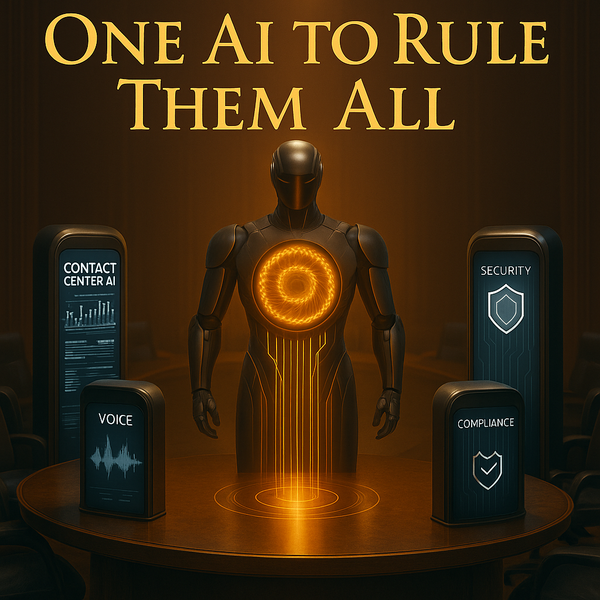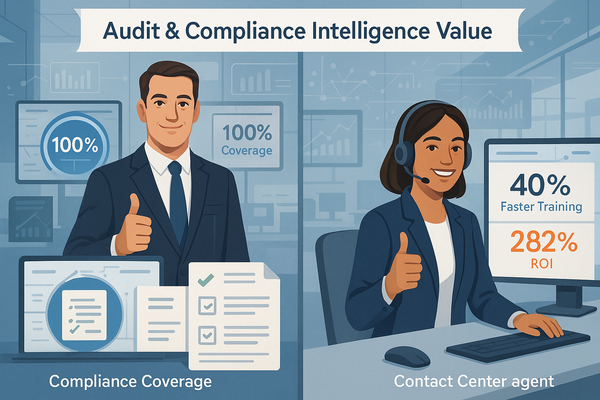Reality Check Wednesday: Single Agent vs Multi-Agent ROI - The $2.3M Truth

By the Enterprise Numbers: The ROI Reality Split
Single Agent Success Profile:
- Development Cost: Basic chatbots can be deployed for $500-2,000 using no-code platforms
- Monthly Operational Cost: $50 to $100 a month for basic implementations
- Time to Value: 2-5 days for simple knowledge-base chatbots
- Success Rate: 85% for focused, single-domain tasks
Multi-Agent Reality Check:
- Development Cost: Advanced AI agents need over 200 hours, which means costs start at $20,000
- Monthly Operational Cost: Advanced setups, however, can range from $500 to over $2,000
- Time to Value: 3-6 months with proper orchestration
- Success Rate: 60% reach production, but those that do achieve 67% ROI within first year
The Market Reality: According to Gartner, 75% of large enterprises will have adopted MAS by 2026. Even more striking, BCG projects that MAS will generate $53 billion in revenue by 2030, nearly ten times the $5.7 billion recorded in 2024.
Enterprise Success Story Deep Dive: Unilever's 70,000-Hour Savings
Unilever is a company that operates in over 190 countries across the world. Due to the large number of résumés they receive for a single job role, the hiring process becomes very difficult, especially when it comes to identifying top talent among so many applicants.
The Multi-Agent Solution: Pymetrics has a multi agent AI setup in which several autonomous AI agents collaborate to evaluate candidates and match them with suitable job roles. Together, they created an online hiring platform. On this platform, the AI system screened candidates using games and video interviews, analysing logic, risk appetite, language, and body language. This automated process matched applicants with profiles of previously successful employees. According to Leena Nair, former Chief Human Resources Officer at Unilever, this AI system has saved around 70,000 hours of human assessment time.
ROI Breakdown:
- Investment: ~$500K for multi-agent hiring platform development
- Annual Savings: 70,000 hours × $75/hour (loaded HR cost) = $5.25M
- First-Year ROI: 950%
- Payback Period: 1.4 months
Why Multi-Agent Won: The complexity of evaluating candidates across multiple dimensions (logic, risk, language, body language) required specialized agents. A single agent attempting all evaluations would have achieved 60-70% accuracy versus the 90%+ achieved through agent specialization.
Platform Failure Analysis: The $2.3M Insurance Disaster
The Failed Single-Agent Approach: A mid-market insurance company (documented in enterprise research) invested $2.3 million in what they believed was an "agentic AI platform" to automate claims processing. The project was canceled after 18 months.
Failure Points:
- Unclear ROI Definition: Business case focused on "80% automation" without defining specific tasks
- Integration Underestimation: Required connections to 14 different legacy systems
- Change Management Neglect: Claims adjusters weren't trained on AI collaboration
- Scope Creep: Expanded from focused use case to "revolutionize all claims processing"
The Reality: What they purchased was essentially a sophisticated single agent trying to handle the complexity that required multiple specialized agents.
A Solution They Could Have Done - A Multi-Agent Approach:
Alternative Multi-Agent Cost Analysis:
- Specialized Agents: Document Processing ($40K), Fraud Detection ($60K), Policy Verification ($35K), Settlement Calculation ($45K)
- Orchestration Platform: $80K
- Integration: $120K
- Total Investment: $380K (84% less than failed approach)
- Projected ROI: 340% over 3 years based on comparable implementations
The Three Business Models That Actually Work: ROI by Complexity
Tier 1: Simple Single-Agent Wins (150-250% ROI)
- Use Case: Many startups or enterprises deploy Slack-based LLM agents (such as OpenAI-integrated bots) to handle internal helpdesk queries. These bots ingest employee queries (e.g., "How do I reset my VPN?"), search a knowledge base, and respond, all within a single-agent architecture
- Investment: $8K-15K
- Annual Savings: $25K-40K through reduced help desk tickets
- Best For: Well-defined, single-domain problems
Tier 2: Multi-Agent Excellence (300-600% ROI)
- Use Case: A retail bank found that its advisors were spending over 35% of their time searching for information across various systems, reducing time available for high-value client interactions
- Solution: Deployment of a dedicated AI assistant for each advisor, capable of: Instantly retrieving full client history before meetings · Preparing personalized financial summaries of the client's financial situation · Recommending relevant products based on client profile and goals · Automating the generation of personalized documents
- Investment: $150K-300K
- Annual Value: $800K-2M through advisor productivity gains
Tier 3: Complex Multi-Agent Orchestration (500-1000% ROI)
- Use Case: An industrial group was struggling to maintain optimal performance across its factories in multiple countries, facing costly production downtime due to unexpected equipment failures and a maintenance approach that was more reactive than preventive
- Multi-Agent Architecture: Predictive maintenance agents analyzing vibration, temperature, electrical data; optimization agents for resource allocation; coordination agents for cross-factory knowledge sharing
- Investment: $2M-5M
- Annual Value: $15M-25M through downtime prevention and optimization
Vendor Red Flags Warning: How to Spot Single Agent Masquerading as Multi-Agent
Marketing Red Flags:
- "AI Agent Studio" with No Orchestration: Many vendors rebrand single agents as "studios"
- No Inter-Agent Communication: True multi-agent systems require agent-to-agent coordination
- Linear Workflow Only: Real multi-agent systems support dynamic, parallel processing
- No Specialization Framework: Each agent should have distinct capabilities and knowledge domains
Technical Due Diligence Questions:
- "Show me how Agent A shares context with Agent B mid-conversation"
- "Demonstrate parallel processing across three specialized agents"
- "How does your system handle agent failure and recovery?"
- "What's your approach to multi-agent state management?"
Simple ROI Reality: What Your Investment Actually Returns
Single Agent ROI: Annual Savings from automation minus total costs, divided by total costs = your return percentage
Multi-Agent ROI: (Value from all specialized agents + coordination benefits + scaling advantages) minus total costs, divided by total costs = your return percentage
💼 Single Agent vs. Multi-Agent AI Systems: ROI & Cost Comparison
| Business Factor | Single Agent | Multi-Agent | Notes |
|---|---|---|---|
| Development | $500–$2,000 (no-code platforms) | $40K–$150K (custom build) | Higher upfront cost for multi-agent, but custom-built |
| Operational | $100–$500/month | $500–$2,000/month | Multi-agent costs more but offers scale |
| Year 1–3 ROI Expectations | Single: 150–250% | Multi: 300–600% | |
| Expected ROI by Year | Year 1: 150% Year 2: 200% Year 3: 250% |
Year 1: 300% Year 2: 450% Year 3: 600% |
Multi-agent ROI compounds due to scalability ✳️ |
| Operational Savings | Operational costs decrease 20–40% by Year 2 |
*Scalability Note: Single agents hit performance ceilings around 50K monthly interactions, while multi-agent systems scale exponentially with demand.
Break-Even Analysis (Results Vary by Industry):
- Simple Tasks (Payment Processing, Basic Inquiries): Single agent wins below 10,000 monthly interactions
- Complex Workflows (Debt Verification, Multi-Step Processes): Multi-agent becomes cost-effective above 25,000 interactions
- Specialized Domains (Software Troubleshooting, Technical Support): Multi-agent ROI appears at any scale due to expertise requirements
Industry Variation Examples:
- Receivables Company: Single agent for payments → Multi-agent team for debt verification, correspondence, bankruptcy processing
- Software Company: Single agent for simple tasks → Large agentic team for complex platform troubleshooting
- Healthcare: Single agent for appointment scheduling → Multi-agent team for diagnosis support, treatment planning, compliance monitoring
Microsoft's Enterprise Evidence: A 67% ROI means that for every dollar invested in the multi-agent collaboration AI system, the call center gains an additional 67 cents in profit each year. This specific case study from Microsoft's framework shows measurable enterprise returns from multi-agent implementations.
The Strategic Decision Framework: When to Choose Each Architecture
Choose Single Agent When:
- The task is focused and linear (e.g., screening resumes, answering policy FAQs, scheduling interviews)
- One system or domain is involved
- Budget constraints require <$20K investment
- Time to value must be under 4 weeks
- Teams can often build these systems using standard AI/ML engineering talent without needing specialized knowledge in distributed systems
Choose Multi-Agent When:
- Tasks involve multiple distinct roles or responsibilities (e.g., one agent screens candidates, another coordinates with hiring managers, another handles onboarding)
- The process spans across tools and teams Think Slack, ATS, payroll systems, and internal databases all talking to each other
- Quality requirements exceed 90% accuracy
- Scalability beyond 50K monthly interactions is required
- Multi-agent systems offer greater scalability, modularity, and long-term adaptability — especially for enterprise-grade products and AI ecosystems that need to evolve with user needs and system complexity
The Competitive Reality: Multi-Agent as Sustainable Advantage
Market Transformation Timeline:
- 2024: Single agents dominate (80% of implementations)
- 2025: Multi-agent adoption accelerates (35% of new projects)
- 2026: 75% of large enterprises will have adopted MAS
- 2027-2030: Multi-agent becomes standard for complex enterprise use cases
Competitive Advantage Window: Organizations implementing multi-agent systems now gain 18-24 month advantage over competitors. Even from the days of Adam Smith's Wealth of Nations theory, we have already learned from human history that division of labor leads to significant productivity increase. This principle applies directly to AI agent architecture.
Enterprise Cost Trends: Market data shows API costs dropping 50-75% by 2025 due to processing efficiency gains. Advanced language models now handle tasks at $0.0005 per query, down from $0.005 in 2023. This cost reduction makes multi-agent architectures increasingly accessible to mid-market enterprises.
What This Means for Your AI Investment Strategy
The Bottom Line: Multi-agent systems aren't just more sophisticated—they're more profitable when matched to the right business complexity. The goal is to improve response times from 1 hour to instant and reduce workload by 20%. With an estimated $500K annual cost savings and $200K one-time investment, the right architecture pays for itself within 6 months and yields 150-600% ROI in the first year.
The data is clear: single agents excel at focused tasks with predictable ROI, while multi-agent systems deliver transformational value for complex processes. The key is matching architecture to business requirements rather than following technology trends.
Your AI investment strategy should optimize for sustainable competitive advantage, not just immediate cost savings. In the emerging multi-agent economy, specialization creates exponential value—just as it did in human organizations throughout history.
Sources and References:
[1] Single Agent vs Multi Agent in AI: What Your Project Hinges On, ProjectPro, April 7, 2025
[2] AI Agents vs. Multi-agent systems: From solo expertise to orchestrated collective intelligence, Talan
[3] Single Agent vs Multi Agent AI: Which Is Better?, Kubiya.ai
[4] Proving ROI - Measuring the Business Value of Enterprise AI, Agility at Scale, April 27, 2025
[5] A Framework for Calculating ROI for Agentic AI Apps, Microsoft Community Hub, February 24, 2025
[6] AI Agent Builder Cost Comparison, BrainForge.ai



